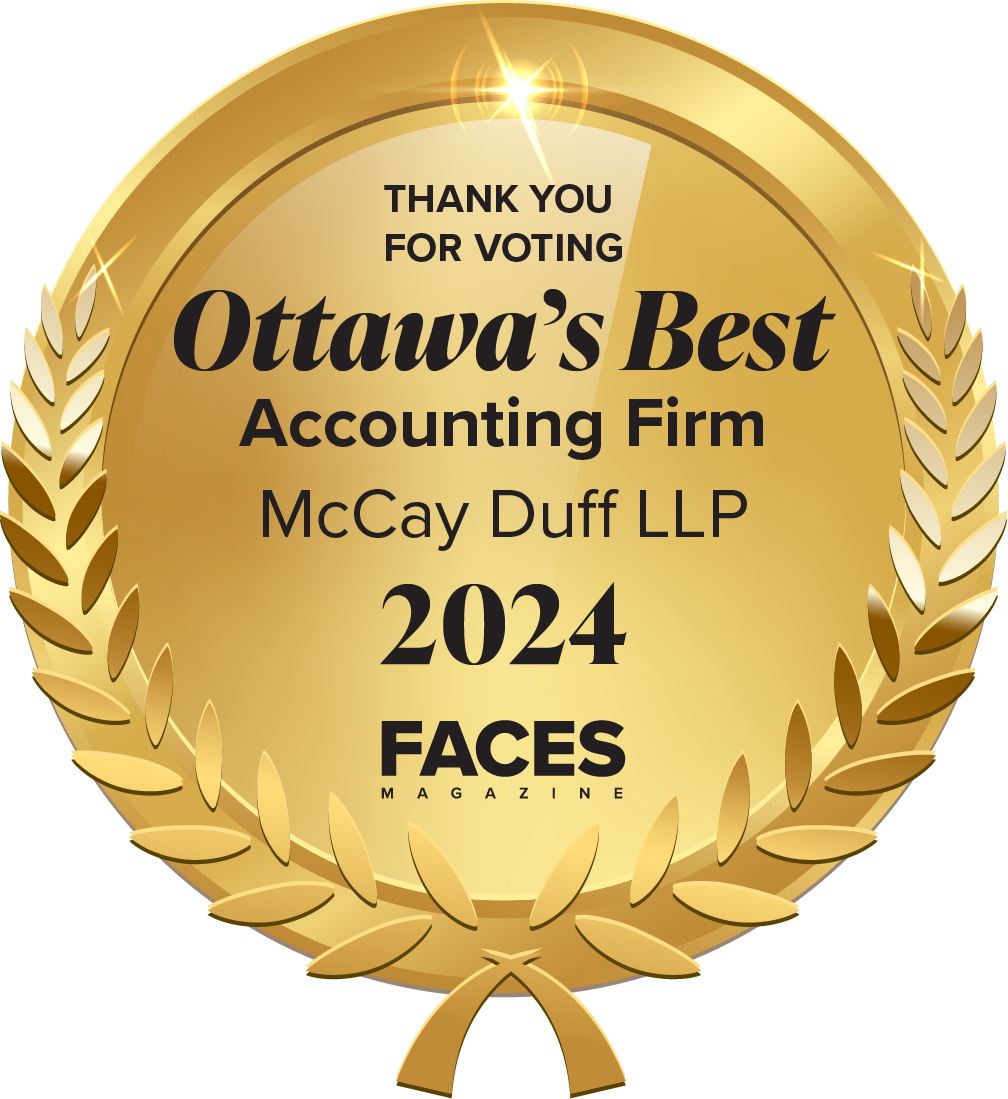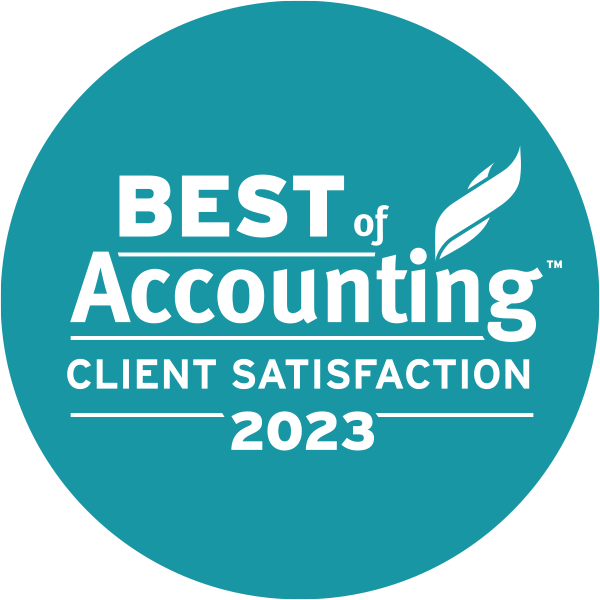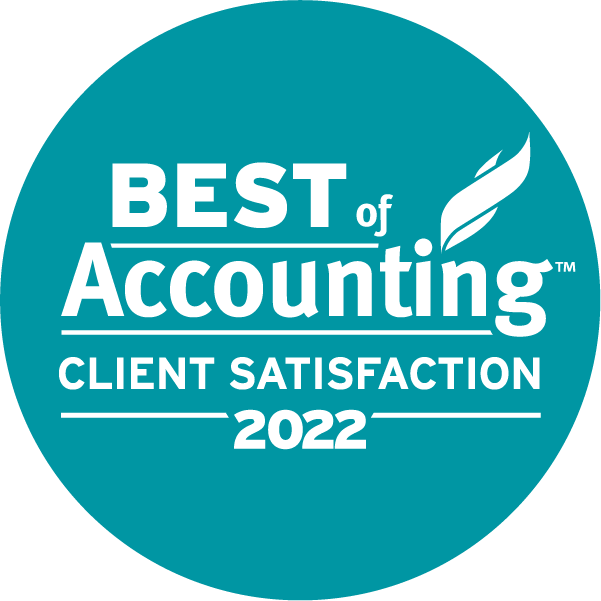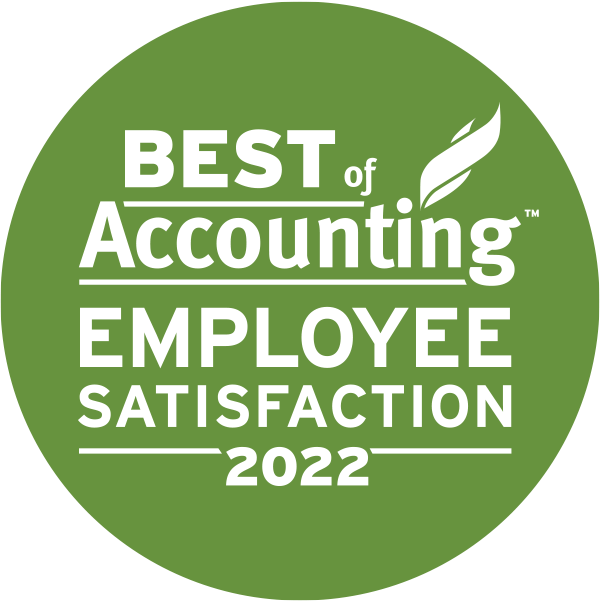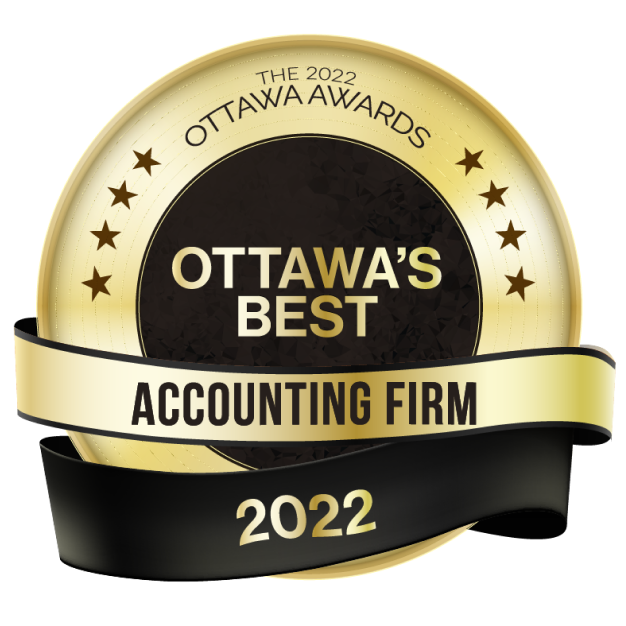As the end of 2023 draws closer, we have four tips for your year-end planning.
Mandatory CRA Electronic Payments Starting January 1, 2024
Beginning January 1, 2024, if you need to pay CRA for anything, the payment must be made electronically if it is over $10,000. The penalty for paying by cheque or other non-electronic means is $100 for each occurrence beginning January 1.
This applies to payroll deductions, GST/HST, personal tax, and corporate tax. So, if you really want to send CRA a 5-figure cheque, you should do so before the end of 2023.
Online payment methods available:
- Online via My Account or My Business Account – Choose the Proceed to P button and schedule your preauthorized payments. CRA will withdraw the funds directly from your Canadian bank account. More information here.
- Online banking via the website of your financial institution
- Online via CRA’s My Payment
- Online via a third-party payment processor using a credit card. Note that fees apply with this option. More information here.
- Wire transfer and internationally issued credit card (option for non-residents) – more information here. Service fees apply.
- In person at a Canadian financial institution. Even though this is an in-person payment, at the time of writing, CRA will consider it electronic. It would be best if you had pre-printed remittance vouchers for this option. More information here.
The End of Immediate Expensing for Incorporated Businesses
If your corporation is planning on purchasing an asset soon, consider making that purchase and having the asset available for use by the end of 2023 instead of waiting until 2024. For certain classes of assets made available for use in 2023, you have the option to claim 100% of the cost as capital cost allowance in 2023 instead of needing to spread the claim over multiple years. Assets purchased in 2024 revert to the usual rules of claiming a percentage of the cost each year.
For sole proprietorships and partnerships, this deadline is December 31, 2024, so the timing is less crucial. However, if you want the cost of the purchase to be deducted from your income in 2023, the asset needs to be available for use by the end of the year.
First Home Savings Accounts (FHSA)
If you’re planning on buying a home within the next five years, you’ll want to get that First Home Savings Account (FHSA) open by the end of 2023. FHSA room begins to accumulate at a rate of $8,000/year only once the account is open. The lifetime contribution maximum is $40,000, so if you want to take full advantage of the account, you’ll need at least five years to accumulate the room. Note that there are restrictions on how much room you can carry forward each year. To stay on track for being able to contribute the full $40,000 by the end of 2027, you’ll want to open the account before the end of 2023 and make sure to deposit at least $8,000 by the end of 2024.
First Home Savings Accounts can stay open for a maximum of 15 years. If you think it might take longer than that for you to purchase your first home, then you’ll want to wait until you’re within that 15-year window before opening your account.
Are you Adding to Your Family in 2024 or 2025?
If you are self-employed or have your own corporation, and you are considering having or adopting a child in 2024 or 2025, please get in touch with your McCay Duff LLP consultant to determine whether voluntary contributions to Employment Insurance make sense for you.
Usually, self-employed individuals and those who are employed by their own corporations do not pay EI premiums because they are not eligible to collect regular benefits for loss of work. However, special benefits, including maternity, parental, sickness, compassionate care, and family caregiver benefits, are available if voluntary EI premiums have been paid.
Two important things to note. First, you must be registered with Service Canada for a minimum of 12 months before you can collect. There is zero flexibility with this; registration cannot be backdated.
The second important note is that once you register, you will continue to pay the employee side of EI premiums (1.66% of self-employed earnings, max of $1,049.12 for 2024, changes annually) for as long as you are self-employed/receive employment income from your corporation. You can’t opt out after you’ve collected benefits. If you register and then don’t collect benefits for whatever reason, an opt-out is available, but you may be stuck paying premiums until the end of the calendar year you withdraw from the program.
Whether the program is worth it depends on a number of factors, including your income, how long you plan to be away from work, and how many parental leaves you might want to take eventually. The ideal time to register may also differ depending on your circumstances. Your McCay Duff LLP consultant will help you run the numbers and guide you through the registration process if you decide this program is right for you.
Contact McCay Duff LLP in Ottawa for Efficient Tax Solutions
At McCay Duff LLP, our trusted tax advisory team can help you determine which deductions and tax credits are available to you and your business. In addition, our experienced accountants provide comprehensive tax planning and preparation solutions to help our clients in Ottawa and across Ontario. To learn more about how we can help you and your business, contact us online or by telephone at 613-236-2367

